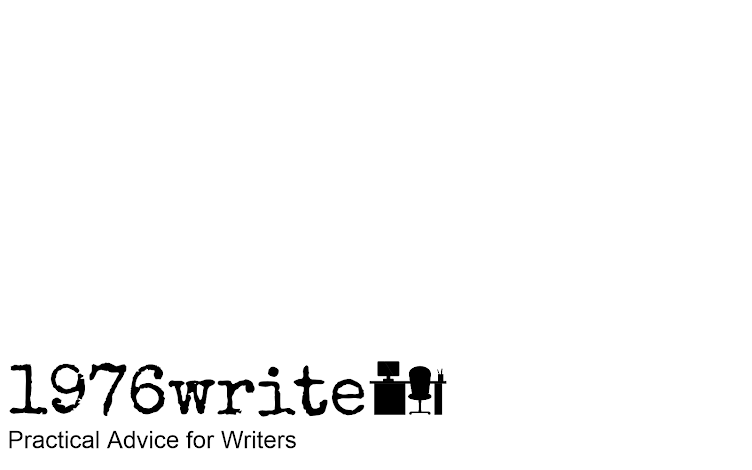Use design and format to make your writing accessible and captivating.
Why Appearance is Everything
Make it simple. Make it memorable. Make it inviting to look at. Make it fun to read.
Leo Burnett.
Design is one of the most important components of creating any kind of content today.
It doesn't matter if you're writing a book, or creating a brochure, both products need a certain amount of design to make them appealing to an audience. In order to communicate your message you need a simple format that will help get your message across.
That's why you need to think in terms of easily digestible text, but also a layout that is visually appealing to hold your audience's attention.
At the end of the day we all want our work to be read, and people to stop and take the time to read it. If it's not pleasing to the eye, no one will read it.
Optimising Your Text Before Publishing
You'll often find if you're adding images such as charts and photos that your text needs extra editing or even more words. That's why you should see the two together before you publish to make sure your message is correct.
How to Make Your Text Look Visually Appealing to the Reader
People turn off when they see endless sentences and words. That's why your page layout needs to be clean and simple to catch your reader's eye first-time round.
Here are some useful design formatting techniques to keep your reader's reading:
Standfirsts
What is a standfirst?
Often published in bold or even italicised at the top of the page, it is designed to catch the reader’s eye. It’s usually two, three or four lines long (although rarely longer) and helps the readers to gauge what the article, web page or piece of copy is all about. It gives the reader a clear sense of what they will find out if they read on. In this sense it elaborates on the headline which will usually appear at the top of the story.
In short, a standfirst is a short paragraph that lays out the groundwork for what the reader can expect in the article.
Headings
If someone is skim reading, a heading or subheading allows them to see the information they need by breaking it up into manageable chunks.
Lists
Lists allow you to order similar items in bulleted or numbered lists. Again, another way for the audience to absorb the information laid out.
Panels
Panels can be used to highlight a group of text that will explain a topic, or bring to light other practical information. Images such as graphs, diagrams, lists and tables can also be incorporated into a panel.
Pull Quotes
What is a pull quote?
A pull quote, or lift-out quote as it is also known, is a quote from within a larger piece of text that is somewhat emphasized and “pulled out” and placed in an isolated area within the document to highlight a particular quote or section of writing.Can be used as a heading or teaser revealing your message topic.
Diagrams
According to Wikipedia, a diagram is a symbolic representation of information using visualisation techniques. Making them useful when showing comparisons or contrasts and can include:
- Infographics
- 2x2 matrixes
- Maps and plans
- Graphs
- Timelines
- Flowcharts
- Venn diagrams
- Exploded diagrams
Images
If you're struggling to describe something an image can solve that problem pretty quickly, and can also help set the tone of your writing.
Share this post with your friends!
Read more:
Building Your Readers Knowledge Base
Understanding Your Audience With the Four Communication Styles
Empathising With the Reader
Changing Your Reader's Mind
How to Make Your Message Sticky (So Your Audience Will Always Remember It)
What You Need to Know About UX Writing (Writing for the User)



No comments:
Post a Comment
Tell me your thoughts.